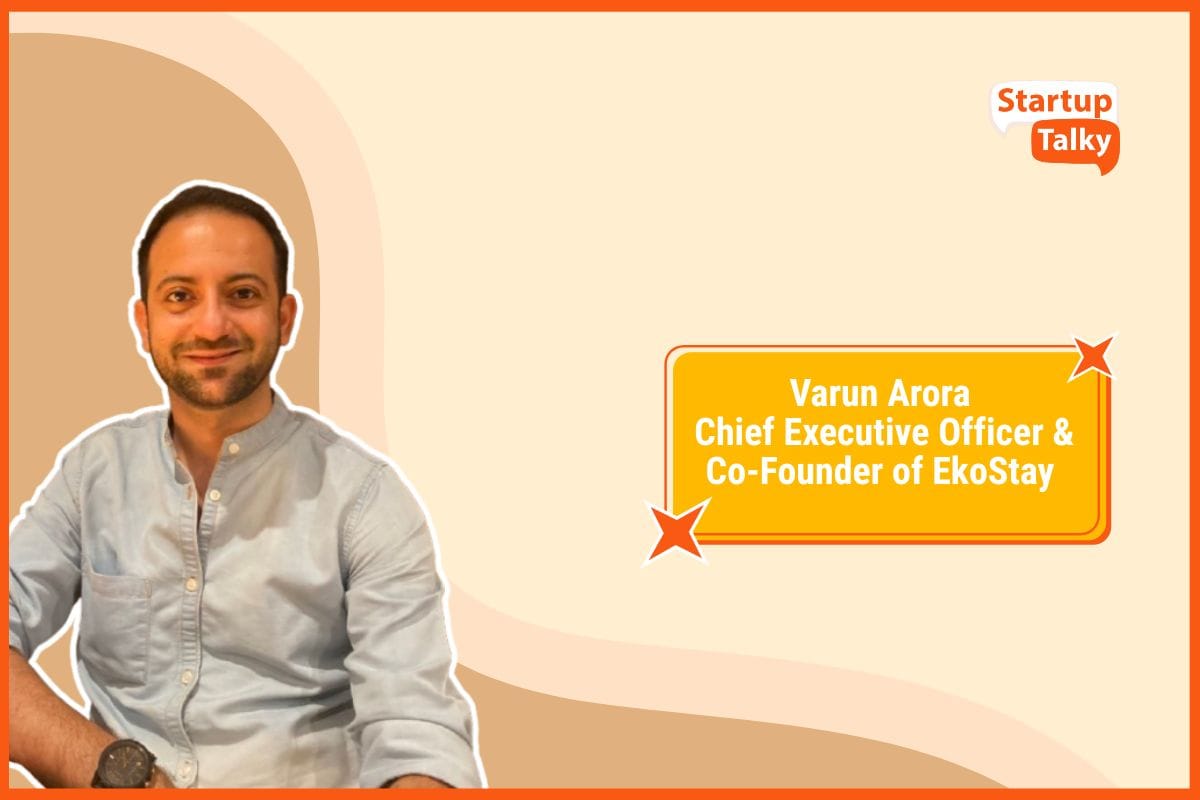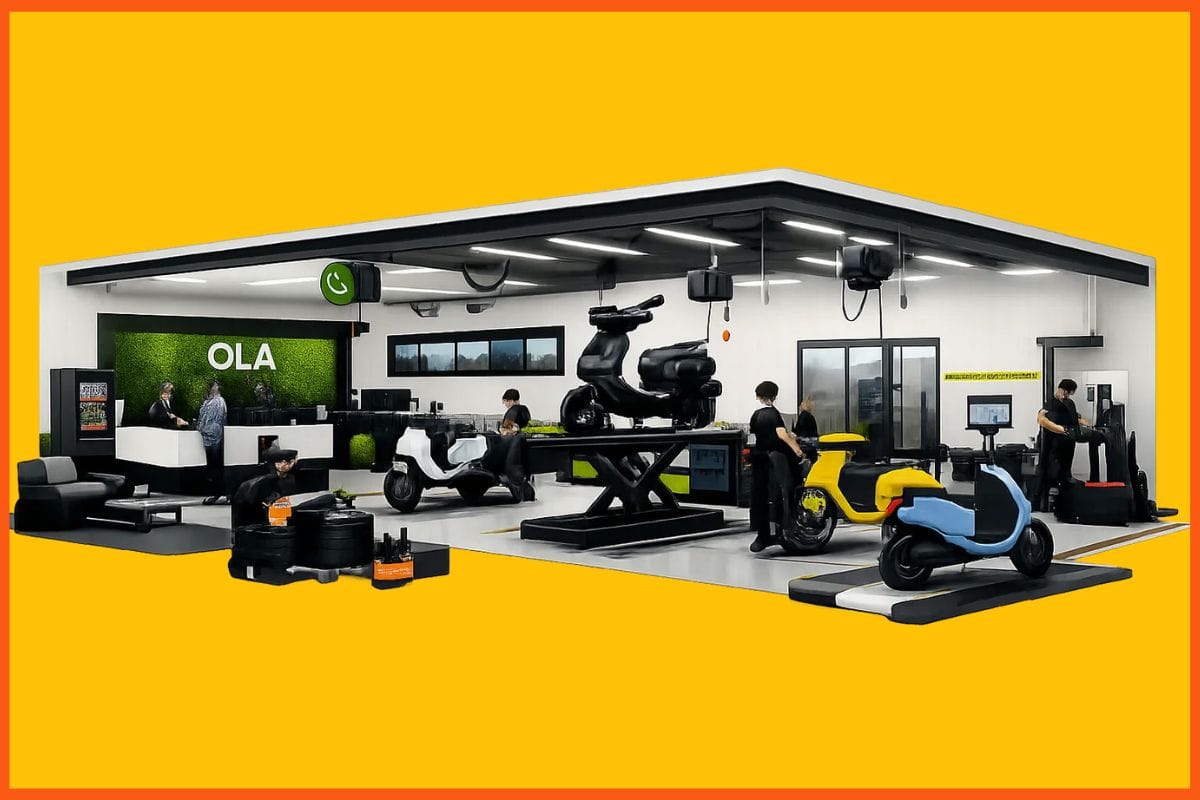Lifestyle Marketing: Brands That Speak | [The Definitive Guide]
📖 Learning![Lifestyle Marketing: Brands That Speak | [The Definitive Guide]](https://static.startuptalky.com/2021/04/Lifestyle-brand-startuptalky.jpg)
It’s been ages that every brand is trying to generate a brand value that grabs the attention of their target audience so that the next thing that clicks in their mind is “They want to buy it.” From the car you drive to the deodorant you use; we are looking at the brand value of the product we use. People from around the globe are trying to create a lifestyle ideal, and then we buy those products over others.
Rome was not built in a day: Creating a brand value is not like you can just do it all with money. There are various other factors, and marketers have spent a great deal of time wrestling the idea of developing useful, real-life market strategies. These foundational characteristics are rooted deeply in human wants and desires and act to create a connection between a company, its products and services, its people, and ultimately its customers.
Today, the average consumer is sick and tired of “traditional ads”. People don’t want to be “sold to” by their favourite brands.
If you want to know what are lifestyle brands....keep reading !
What is Lifestyle Marketing?
Why Lifestyle Brand?
Characteristics of Lifestyle Brands
How to Create A Lifestyle Brand?
Tips For Creating A Lifestyle Brand
What is Lifestyle Marketing?
But what is the lifestyle brand meaning? The word “lifestyle” is a somewhat broad one, and it means that your company can focus on a range of areas, all the way from fashion, to cooking, or sportswear. A consumer’s lifestyle is seen as the sum of his interactions with his environment.

Lifestyle marketing is a marketing strategy where a product is branded and marketed such that it is perceived to possess aesthetics, ideals, and aspirations according to the people’s wants; which also get identified and revolves around an ideology that gives meaning and purpose to why it exists.
Now marketers have realized that in order to get their brands heard amidst all the noise in the advertising space, they need to take a different approach. Instead of trying to convince consumers to buy their products, these marketers create a seductive aura around their products such that the consumers crave to buy their products and get associated with the brand.
These are some popular lifestyle branding examples that you might have seen:
- The athlete, like Nike, Puma, or Adidas.
- The thrill-seeker, like Vans, The North Face, or DC Shoes.
- The adventurer, like Jeep or Harley Davidson.
- The trend-spotter, like Warby Parker, or Dior.
- The luxury lover, like Marks and Spencer, Ralph Lauren, or Louis Vuitton.
Why Lifestyle Brand?

In our hectic life, many of us aspire to live a different life with more excitement and thrill. We want to become more athletic, fitter, more adventurous, more rebellious, more fashion-conscious, and the long list never ends. It is this desire to live a different kind of life that lifestyle marketers appeal to.
Lifestyle brands are effective in a way because they work on a deeper understanding level of what their target audience actually wants to do and achieve. Lifestyle brands create the whole idea that using their products or being associated with their brand takes people closer to the kind of lifestyle they want to live. They analyze the experiences that their audience craves, as well as the people, things, and places that inspire them.
Successful lifestyle brands don’t just compile demographic data into a user persona and begin to churn out content, they dissect every aspect of their audience until they know exactly what makes them tick.

Characteristics of Lifestyle Brands
- A devoted, cult-like following and community around the brand and its products.
- An emotional connection with their audience.
- Inspire the audience to live a better or more exciting life so that they cultivate the trust and respect of their target audience.
- Content and marketing activities are more focused on their audience rather than their products.
- Don’t try to sell to everyone, cater for and connect with a niche audience.
How to Create A Lifestyle Brand?
Creating a lifestyle brand is about defining who or what your audience wants to become in the future, and giving them the solution that will help them achieve that end goal. It’s not about designing the perfect running shoe, but convincing your audience that your company will make them a better runner.
One of the basic characteristics that differentiate lifestyle brands from non-lifestyle brands is that lifestyle brands succeed in activating and uniting communities. They market the product as a lifestyle or a part of the lifestyle.
5 Steps to Build A Successful Lifestyle Brand
- 1. Decide what kind of lifestyle you want to sell
- 2. Weave lifestyle into your brand
- 3. Be personal
- 4. Use content to create experience
- 5. Build your community
Just imagine standing in your favorite brand’s store. You would think why this brand makes it in my favorite list? Why should I buy this? How is this going to help me or my charisma? With the initial perception of a product should be such that the consumer is convinced by lifestyle branding.
In a way or not, we always try to use our money on things that are actually helping them out with their problems for a longer duration and also, building up their aura. I mean, obviously, a guy with Apple iPhone is more technologically-advanced than one with Nokia 1600. We judge everyone with the brands they wear or their lifestyle. Although this is hard to digest, we live for a better life, and that’s how lifestyle brands help to achieve that.

Tips For Creating A Lifestyle Brand
Lifestyle brands are effective because they appeal to our human need to find a company that embodies our ideals. While there’s no one size fits all guide for lifestyle brand strategy, the following tips could help you to get started on the right track, before you begin your marketing campaign
1. Do Your Research
Always keep in mind that your aim is to define your company as an ideal that can help consumers buy what they aspire for. To step up on that, you should have a clear-cut idea about what those goals really are, and which try doing something unique. When you know what kind of lifestyle brands people like, or what identity they want to build; then achieving anything can be made possible. Make a list of lifestyle brands in your area of interest.
With that information in hand, you can do some research into your marketplace, including:
- What kind of competitors you’ll be facing.
- How your name, logo, and visual identity should represent your lifestyle.
- What kind of brand values your customers respond best to.
- Where your customers spend most of their time, and what kind of marketing they like.
- What your brand should never become.

2. Build your Personality
The top lifestyle brands have unique personality traits that travel with them wherever they go. So when you do research on what kind of customer you want to appeal, then that should give you an insight into how that type of person talks and interacts with other individuals in their community. This will make it easier for you to adapt your voice to resonate with your followers.
Remember, some lifestyle brands even create their own branded buzzwords and language. For instance, employees at Disney World aren’t called staff members, but “cast members”.
3. Cohesively Demonstrate Your Ideals
The only thing that lifestyle brands are doing better is, they convey a lifestyle that their customers aspire to be. Whatever you decide your lifestyle brand is going to be like, you need to be willing to commit to your ideas for the long-term. Even the methods you use to communicate through your audience might evolve, make sure that your customers can rely on you to embody their ideals, no matter what. For instance, your brand might be associated with luxury, hospitality, or an adventurous nature, but it includes their aspiration; then it’s easy for them to differentiate between every other brand in the market.

If you want to create a lifestyle marketing strategy around your brand, you should start by defining the kind of lifestyle you want to sell, then weave that lifestyle into your brand story, engage and interact with your customers, create outstanding, authentic content, and build a community of followers around your brand. People don’t usually buy things, because they need a new pair of boots, they choose that particular brand over others because of the identity it embodies, and the idea it conveys.
Nike doesn’t exclusively market itself to accomplished athletes. Instead, the company encourages everyone to believe that, with its help, they can all be successful in their health and fitness goals.
Consumers view the items and services they purchase as an extension of who they are and what they believe in. Lifestyle brands simply build on that concept, by ensuring that they don’t just sell a product, but a set of values that appeal to their target market. Products come and go, but our underlying quest to find ourselves, and become the people we want to be can remain the same for decades.
At the end of the day, most buying decisions are rarely logical; other than what Indian Mothers make!
Must have tools for startups - Recommended by StartupTalky
- Convert Visitors into Leads- SeizeLead
- Website Builder SquareSpace
- Manage your business Smoothly Google Business Suite






